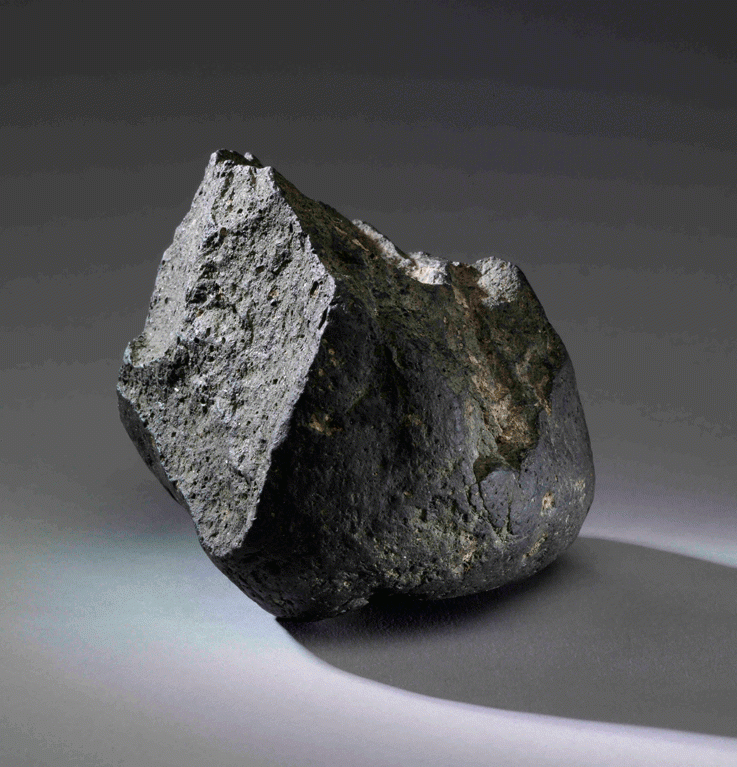Walking through London, it’s easy to forget that a city is just a particular arrangement of stuff – hundreds and billions of things – some static, some in motion, others loosely assembled into a London-shaped superthing. Cataloguing every object would mean counting every chair, plate and book, every shoe and shoelace, every single item in every supermarket and so on. And most of the things we see around us are themselves assemblages that atomise into countless other components; cataloguing them would require noting not just every building, but also every brick, screw and plank that went into it. Absolutely every thing. It’s mindboggling even to imagine the formula we would use to estimate that number.
There is apparently over 170,000kg of manmade material on the moon and 300 million pieces of manmade space debris orbiting the earth. Imagine then the number of things accumulated in a city ranged over two millennia and 1,570km2 of administrative area. And then factor in that we’re adding more and more, faster and faster, to this already countless total.
Tourists visiting Florence sometimes suffer from Stendhal syndrome – rapid heartbeat, dizziness, fainting, confusion and even hallucinations – as a result of being overwhelmed by the quantity and beauty of the city’s Renaissance artefacts. But spend too long measuring the quantities of even the most unremarkable stuff that surrounds us and it can bring on similar psychosomatic symptoms.
That’s why I’m heading through the giant Doric portals of the British Museum (an institution that itself holds around 6m objects – a number not including, I suppose, inventories of the gift shop, cafés, display cases, pencils, maps, uniforms and, presumably, a ton of archaeology- and conservation-related tools). I’m here to try and kick my ‘stuff’ syndrome.
In an unprepossessing corner of the museum is the oldest object in London: a stone tool found in the bottom layer of deposits in Olduvai Gorge, Tanzania, where the remains of an early human camp had been preserved. Potassium-argon dating suggests the tool dates from 1.8m years ago. These days it lives in a glass case, held in place by a metallic retort stand as through it were floating in space. As we orbit around it, the stone’s metamorphic crystals glint under a grid of lights above. Without any other object to measure it against, it might well be taken for a gigantic asteroid. And in some ways it does come from another world, a world before manufactured objects.
That’s because it takes a while to perceive the human intervention that transformed it from a geological artefact into a human ‘thing’. But there that intervention is: a craggy sharp ridge running along one side. Formed, the museum tells us, by flaking chunks off this stone with another. As the edge emerged, the stone metamorphosed. First, it became a tool: a thing to slice, dice and shred other matter. But it was also transformed conceptually: as flakes of the stone were chipped off, the idea of its manmade ‘thingness’ emerged. From this moment, or similar moments in other early human camps, is born a concept of ‘stuff’ that has been handed down to us. All those things out there in London are distant descendants of this stone thing.
It seems impossible to imagine a world before objects, to picture life before things began to litter the surface of the earth. All the material substance of the world was, before the idea of things emerged, arranged by cosmology, geography, climate, chemistry and biology. Unharvested, it was not yet transformed by human imagination into any other conceptual state: a tree was just a tree, a rock simply a rock. Even animals and human beings were no more than the constituent parts of an ecosystem.
Indeed, you could argue that it is manufactured objects themselves that leveraged humans out of this circumstance. The invention of things redrew the relationship between humanity and nature, transformed humans-as-creatures into cultural beings. We might suggest then that it was objects that made us human just as much as it was humans that made such objects. And if objects make us human, imagine the endless varieties of humanity that objects could manufacture.
This article was first published in the January & February 2013 issue.
